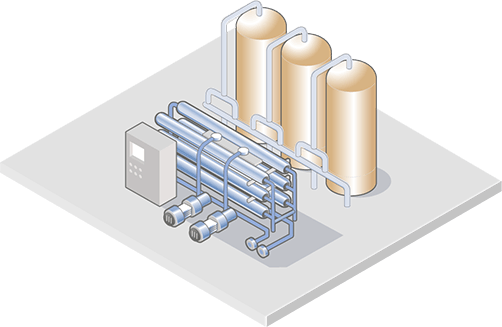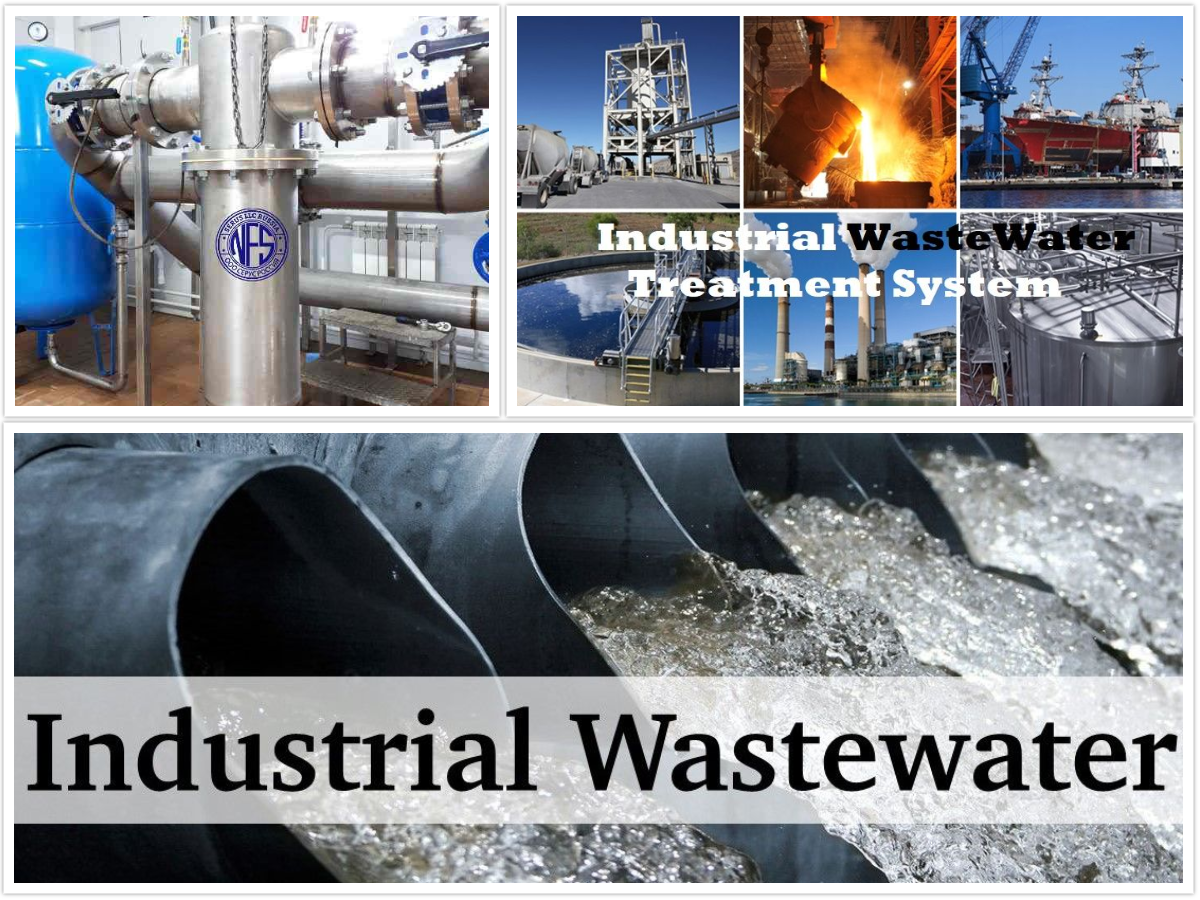Developments and Advancements in Hazardous Waste Water Therapy Technologies
The landscape of industrial wastewater treatment is undertaking a transformative change, driven by technologies that improve both performance and sustainability. As regulatory requirements develop, the integration of AI and equipment understanding right into wastewater monitoring systems promises to ensure and improve procedures conformity.
Review of Drainage Treatment Technologies
Wastewater treatment innovations encompass a variety of approaches created to eliminate impurities from industrial effluents prior to their release into the setting. These innovations are important for maintaining eco-friendly equilibrium and guaranteeing compliance with ecological policies. The key categories of wastewater treatment include physical, chemical, and organic techniques, each serving distinctive functions based upon the nature of the contaminants existing.

Organic treatment techniques employ microbes to degrade natural issue, making them especially reliable for organic-rich effluents. Strategies like turned on sludge and biofilm activators harness the all-natural destruction capacities of germs, bring about significant reductions in biochemical oxygen demand (BOD)
Advanced Filtering Techniques
Advanced filtering methods represent a vital advancement in the world of industrial wastewater therapy, improving the performance of impurity removal processes. Industrial Waste Water Treatment. These techniques incorporate a series of modern technologies, including microfiltration, ultrafiltration, nanofiltration, and reverse osmosis, which provide consecutive barriers for numerous fragment dimensions and chemical frameworks
Microfiltration and ultrafiltration utilize membrane layer systems to eliminate suspended solids, microorganisms, and larger natural particles, enhancing the top quality of effluent prior to further treatment. Nanofiltration links the void between ultrafiltration and turn around osmosis, properly eliminating divalent ions and natural compounds, thus lowering the load on downstream procedures.
Reverse osmosis provides the highest degree of purification by enabling just water and tiny molecules to travel through its semi-permeable membranes, making it excellent for redeeming premium water from commercial effluents. Current developments in membrane layer modern technology, consisting of the growth of more sturdy and fouling-resistant products, have significantly boosted operational efficiency and minimized costs.
Including these sophisticated filtration methods not only boosts the overall therapy process yet also adds to sustainability efforts by making it possible for water reuse and resource recuperation in industrial setups. (Industrial Waste Water Treatment)
Biological Therapy Innovations

Additionally, the development of crafted biological systems, such as membrane layer bioreactors (MBRs), integrates biological therapy with sophisticated membrane layer filtering. This integration permits higher effluent quality and minimized footprint, making it ideal for space-constrained industrial centers. Developments in genetically crafted bacteria have actually likewise arised, improving the biodegradation of specific pollutants, such as pharmaceuticals and Related Site hefty steels, that are generally challenging to eliminate.
In addition, the application of bioaugmentation strategies, where useful germs are introduced to improve the existing biological treatment processes, has revealed encouraging outcomes in enhancing therapy performance. These advancements collectively symbolize a trend in the direction of even more sustainable and efficient organic treatment methods that can adjust to the developing intricacies of commercial wastewater streams. As industries proceed to focus on ecological compliance, these biological advancements will certainly play a crucial function in wastewater monitoring.

Resource Recovery Approaches
In industrial setups, the combination of resource recuperation methods has actually ended up being increasingly crucial for enhancing sustainability and decreasing waste. These techniques focus on drawing out valuable products and energy from wastewater streams, consequently transforming possible pollutants right into reusable sources.
One prominent technique is nutrient healing, where nitrogen and phosphorus, often existing over in wastewater, are caught and transformed right into plant foods. This not just decreases ecological impacts however additionally offers a round economy imp source option for agricultural applications. Furthermore, modern technologies such as anaerobic digestion enable for the conversion of natural waste into biogas, a sustainable power resource that can offset fossil fuel usage in commercial operations.
Additionally, progressed purification and membrane innovations assist in the recuperation of industrial by-products such as salts and steels. These recouped products can be reintegrated into production processes, minimizing the demand for virgin sources.
Future Trends in Waste Water Administration
As markets significantly focus on sustainability, the future of wastewater monitoring is readied to undergo significant changes. Technological improvements, such as expert system and artificial intelligence, will enable more efficient monitoring and management of wastewater systems. These technologies can predict maintenance needs, maximize therapy procedures, and improve decision-making, eventually decreasing operational costs and environmental impact.
In addition, the assimilation of round economic climate principles will play an important role in wastewater management. Industries are anticipated to change towards systems that not only deal with wastewater yet additionally recuperate important resources, such as nutrients, water, and power. This change will reduce waste and advertise the reuse of products, lining up with global sustainability objectives.
Arising treatment strategies, such as membrane layer bioreactors and advanced oxidation procedures, will even more boost the efficiency of wastewater treatment, YOURURL.com permitting greater quality effluents ideal for reuse. Furthermore, regulatory structures are likely to evolve, stressing stricter criteria for wastewater discharge and encouraging sectors to embrace innovative therapy services.
Verdict
In conclusion, the development of commercial wastewater therapy modern technologies demonstrates a significant shift in the direction of boosted performance and sustainability (Industrial Waste Water Treatment). Innovations in sophisticated filtering strategies, organic therapies, and source recovery methods highlight the industry's commitment to environmental stewardship.
The landscape of industrial wastewater treatment is going through a transformative shift, driven by advancements that improve both performance and sustainability.Wastewater therapy modern technologies incorporate an array of approaches made to get rid of impurities from commercial effluents prior to their launch right into the atmosphere.Taking advantage of the power of organic processes has led to considerable developments in the treatment of industrial wastewater.In addition, the execution of bioaugmentation approaches, where valuable germs are presented to improve the existing biological treatment procedures, has actually shown appealing results in boosting therapy efficiency. These developments collectively indicate a fad in the direction of more effective and sustainable organic therapy approaches that can adapt to the advancing intricacies of commercial wastewater streams.